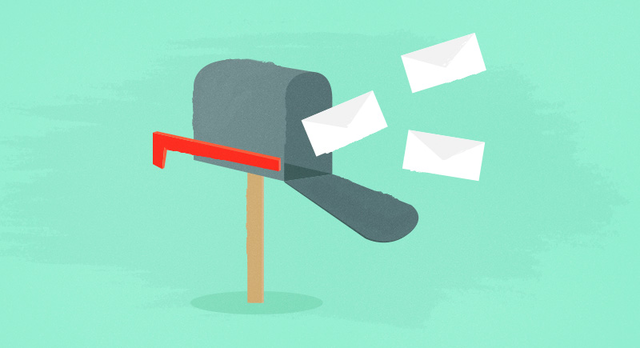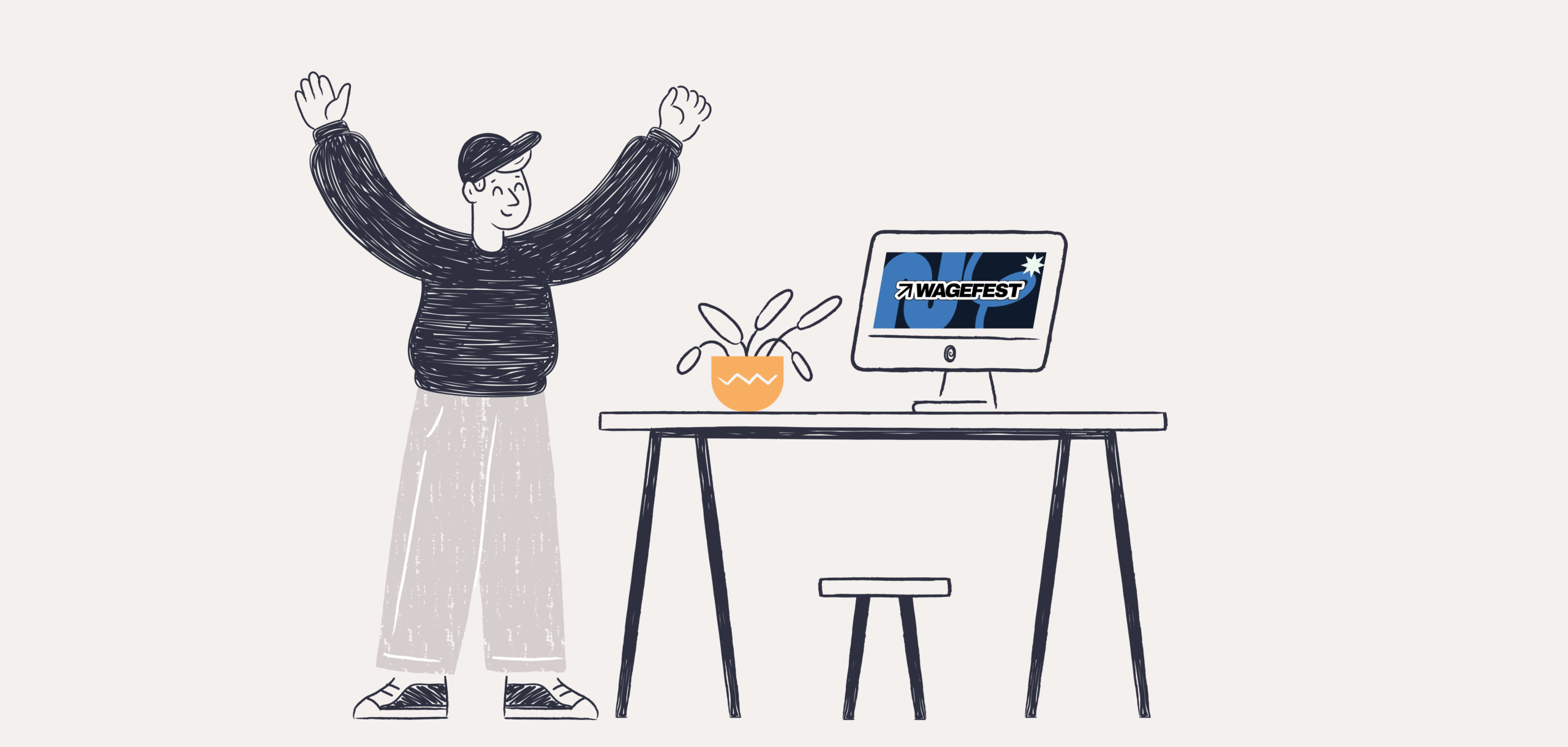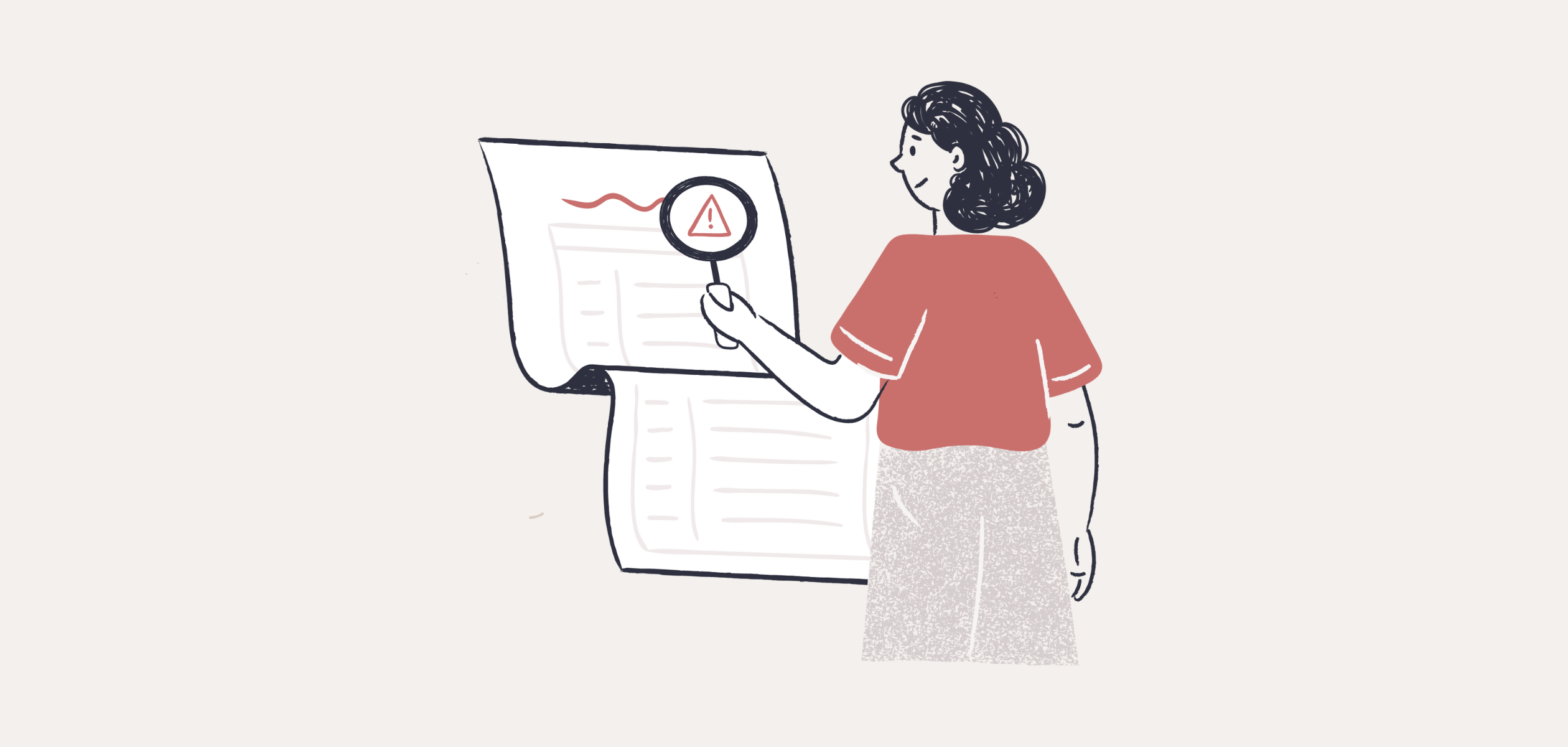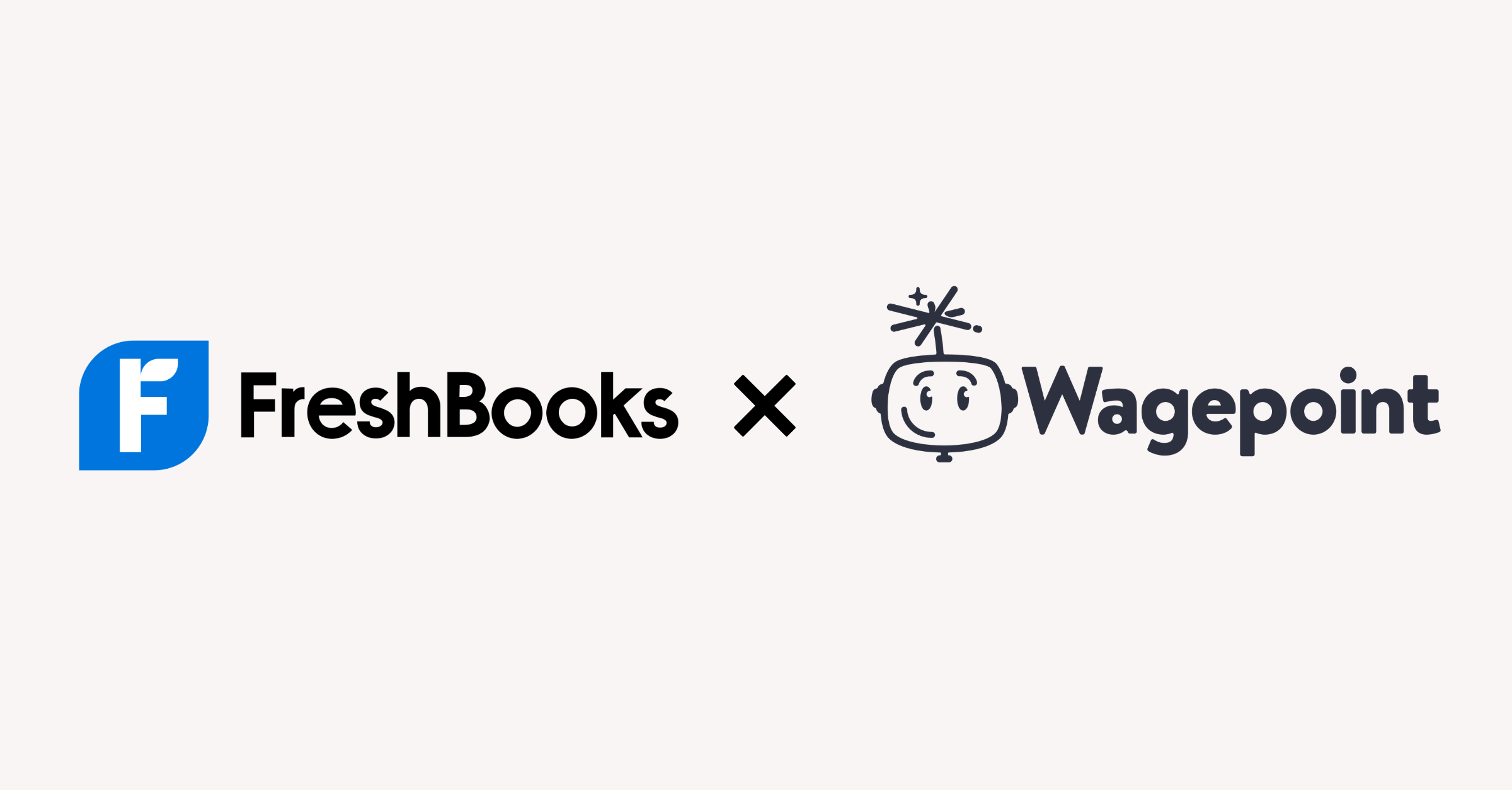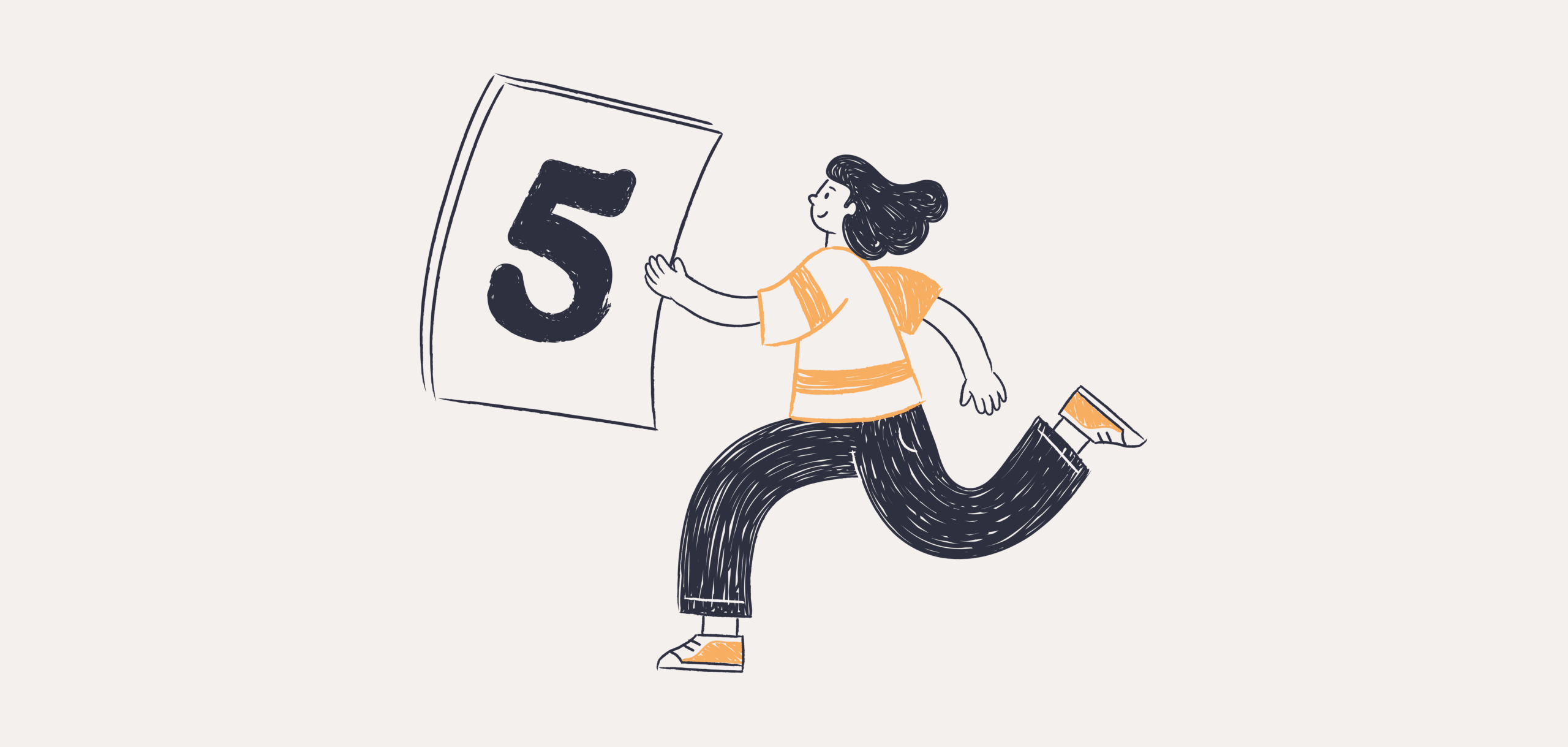Become an insider!
Get our latest payroll and small business articles sent straight to your inbox.
You would think that once an employee has been let go, that would be that. But payroll is never just that simple. It’s not at all uncommon for employees to be paid after what was supposed to have been their final paycheck and after a Record of Employment has been issued.
From the employee perspective, subsequent payments may impact employee entitlement to EI benefits, even EI benefits previously paid.
Where there is such a retroactive impact, Service Canada will consider the former employee to have been overpaid and will seek to recover any such over payment of EI benefits. Not only is such a recovery an inconvenience, but if Service Canada considers the employee should also have directly reported the subsequent payment to them, this might involve significant penalties and reduce the former employee’s ability to collect EI benefits in the future, for at least 5 years going forward.
From the employer perspective, there are two separate scenarios.
First is where an employee does subsequent work for the former employer. For example, an employee on lay-off, may be recalled for a short period to maintain the employer’s plant or equipment. After any such short period of employment, an employer must issue a new ROE. This is not a replacement or amendment of any ROE issued after the initial lay-off. Instead this additional ROE must show the start and stop dates for the recall, and the insurable hours and earnings related to it.
The second scenario arises when there are payments to a former employee that stem from the initial lay-off. An example would be any payment arising out of an overall settlement with a former employee. When a termination is likely to be contested, it’s common for employers just to pay the absolute minimum required, for wages in lieu of notice, under the applicable employment standards. Then, when a final settlement has been reached, to pay whatever additional amounts have been agreed. Such additional payments may only occur months after the initial employee termination.
It’s important to understand, that in this second situation there are two separate legal obligations on the employer.
The first obligation is to contact Service Canada to see if the subsequent payment might trigger a retroactive overpayment of EI benefits. If so advised by Service Canada, the overpayment must be recovered by the employer, at source, from any settlement amounts otherwise payable. This is true even where such settlement amounts would not themselves be insurable earnings for regular EI source deduction purposes or reportable on the ROE in Block 15B or C. And, the EI overpayment recovered by the employer must not be added to regular CRA remittances. Instead, employers should ask Service Canada how any overpayment in EI benefits, recovered from a former employee, should be remitted.
The second obligation is to amend any initial ROE, issued on termination. On this amended ROE, the settlement amounts, including any retiring allowances or other payments on termination, must be added to the amounts previously reported on the initial ROE. In effect, the full initial ROE must be reproduced unchanged, other than for the subsequent amounts now being paid. As well, the serial number of the initial ROE must now be added to Block 2 on the amended ROE.
There are also situations where, on lay-off or termination, the employer knows there will be subsequent payments, but their amount is not certain at the time.
In this case, it might be better to briefly note the date these are expected to be paid, as a comment in ROE Block 18. This will delay the processing of an employee’s claim, but will also trigger a follow up by Service Canada requesting the dollar amount, once this is known. Here, a delay in the claim may be preferable to the employee later having to repay EI benefits already received.![]()
